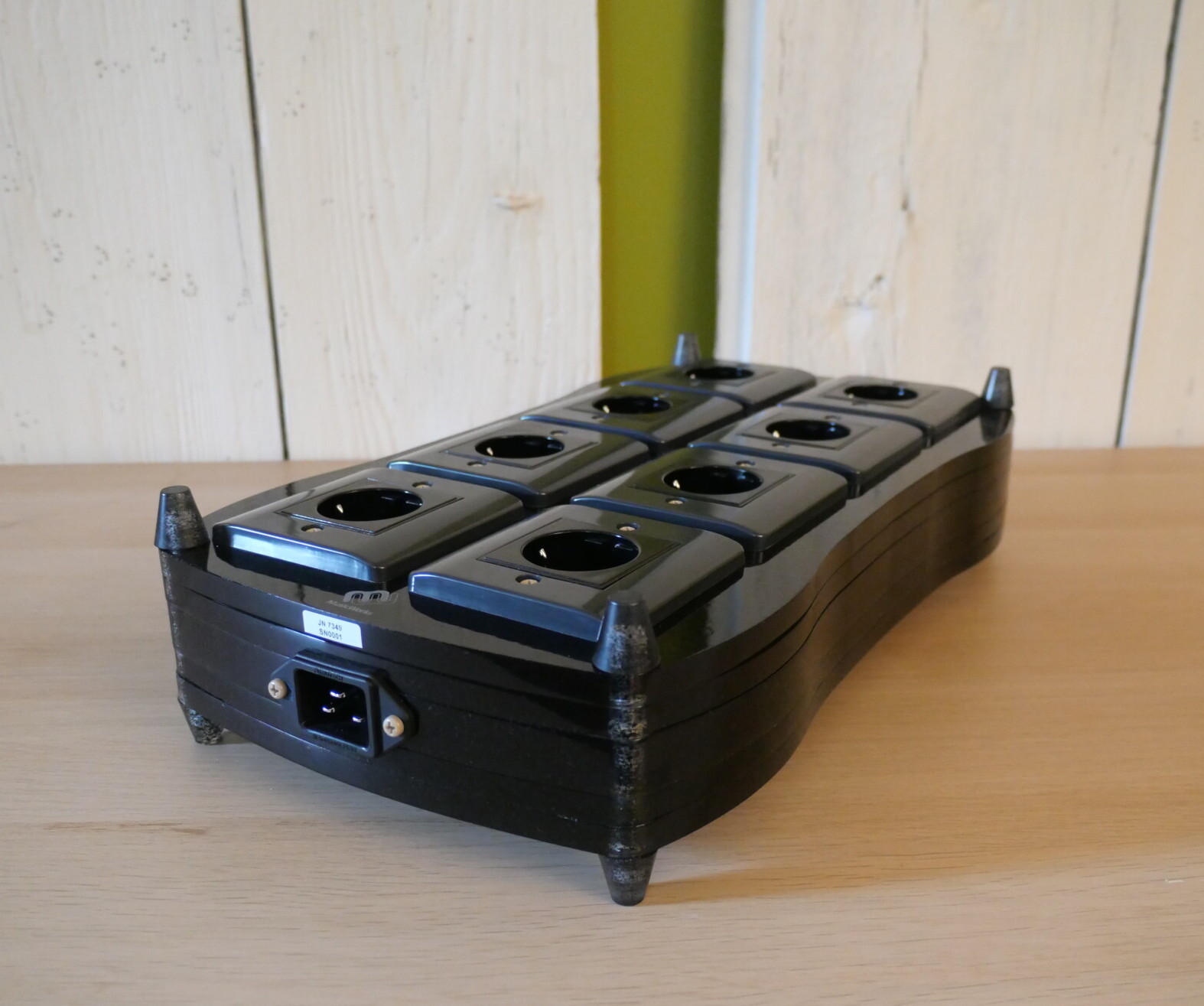
This sense of the natural procession of events, over the sonic artefacts fastened on by so many systems (and listeners) becomes more apparent, the more personally familiar the material. Voices, orchestras and/or venues you actually know are simply more recognisable, the leap required by the ears and brain to accept and place what you are hearing that much shorter and easier. But whether the music and artist are familiar or not, whether it’s Eleanor McEvoy or the LPO recorded at the RFH, the easy, unforced musicality of the Reflex Ultra, the way it brings a system together, making more sense of the recording being played, makes for a more inviting and more relaxed listening experience. As unimpressive as that might seem (at least on paper), it’s actually arguably the block’s biggest contribution to your musical enjoyment. You don’t just enjoy your music more, you’ll find yourself enjoying it for longer too.
Is the Reflex Ultra the perfect AC distribution solution? Both the Telos Power Station and the Nordost QB10 are quieter and offer higher levels of resolution. The Telos in particular, mirrors the lucid, fluid presentation that makes the Acouplex block so enjoyable, while the QB10 offers greater dynamic range, discrimination and immediacy. But both of these units cost significantly more than the MusicWorks block: between five and ten times the price!
The Acouplex block is more musically expressive and engaging than other blocks at or near its price – and while I won’t bore you with the details, I did do direct comparisons to four other ‘audiophile’ offerings. Indeed, at €2,650/£2,300, available as an 8-way Eu/US or 6-way UK block, the QB8/III is by far the best and most cost-effective of the rest. The Reflex Ultra might cost more, but the sense of musical coherence, insight and performance it brings to proceedings is well worth the difference. Which begs the question, should you swap out a QB8 (or lesser block) for the Reflex Ultra? Even if you’ve got the latest QB8/III, I’d say you’ll gain a significant musical upgrade if you do replace it with the Acouplex block. The problem is, that ain’t always possible. Space, practicality or funds might all get in the way of taking that step. So, do you simply accept second best? There are some things you can do and Acouplex can still help. A while ago, I wrote about the Plug Schus (https://gy8.eu/review/schus/) small Acouplex damping discs that fit over the pins of a Schuko connector (they’re available for UK 13A plugs too – dubbed Sox). How close, I wondered, would using Schus bring the QB8 to the performance of the Reflex Ultra?
Soft Schu shuffle…
Simply adding Schus to the leads sprouting from the QB8 brings a really worthwhile increase in the sense of musical presence and body, but also temporal coherence. Playing Jennifer Pike’s Sibelius Violin Concerto (with Davis and the Bergen P.O. – Chandos CHSA 5134) there’s a greater sense of tension in the opening passage, a more fluid, organic feel and shape to the bowing, a more emphatic sense of musical direction and purpose. That first, explosive orchestral exclamation mark gains texture and a layered complexity reflecting the range of instruments involved, while bass transparency and the separation of double bass and timp rolls is significantly improved. Add some Acouplex cones underneath and you’ll reap further benefits in terms of spatial definition, transparency and dimensionality, adding further to the musicality of the whole. Impressive stuff given the costs involved (Schus weigh in at £50 each, cones at £100, both including sales tax). It doesn’t turn a QB8 into a Reflex ultra, but it certainly brings some of those qualities to the system.

